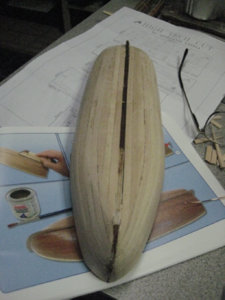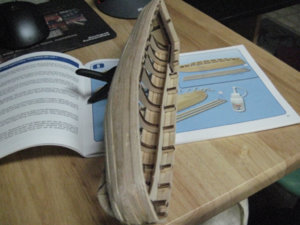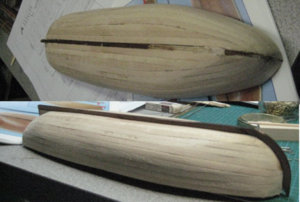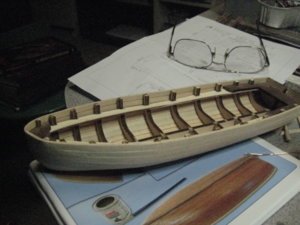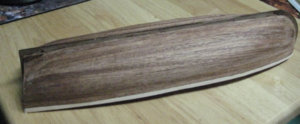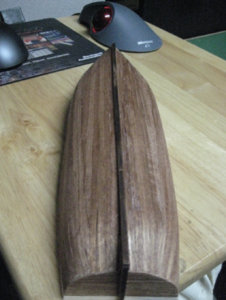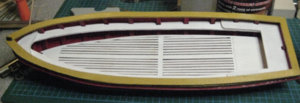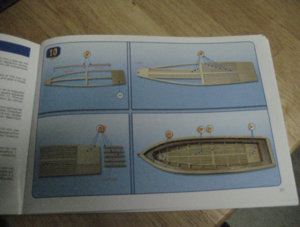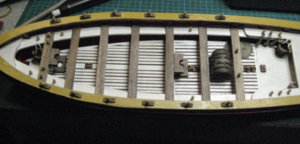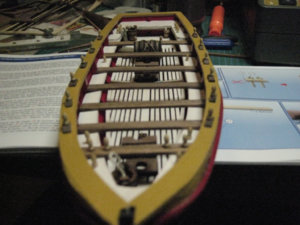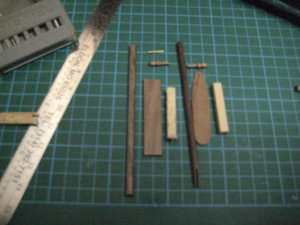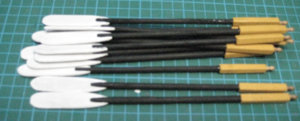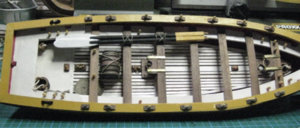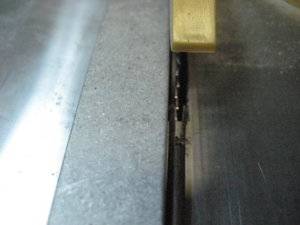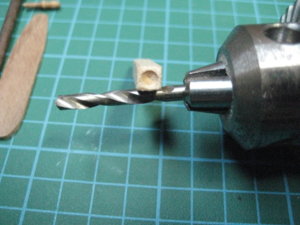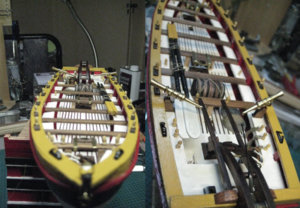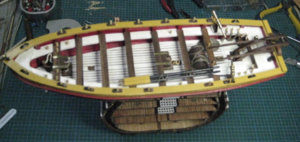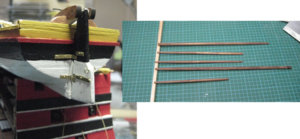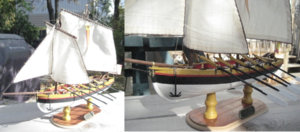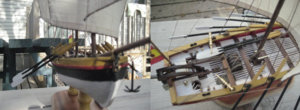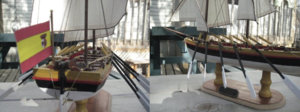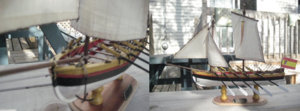- Joined
- Aug 16, 2019
- Messages
- 870
- Points
- 343

Santisima Trinidad Lancha del Capitan from AL kit #10914 build 2003
That model will be part of a display that will include the Cross Section and the ship that I will build for my older son
Now that is my second kit from AL at first everything is perfectly packaged the kit come with a 1:1 scale picture of both side and top picture of the actual model and a small booklet that are the instruction to build it.
I did the first 4 steps and found discrepancy between the instruction and the actual kit. AL use I think the prototype to make their build but when they go in production they cut corner to save on cost so you end up with part that are not the same in the kit as in the instruction
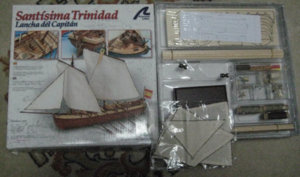
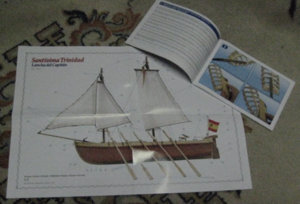
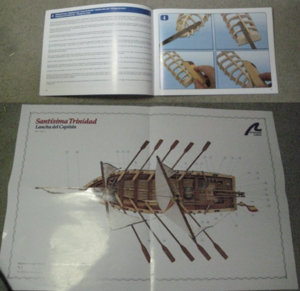
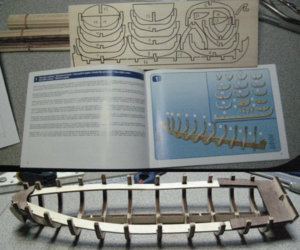
That model will be part of a display that will include the Cross Section and the ship that I will build for my older son
Now that is my second kit from AL at first everything is perfectly packaged the kit come with a 1:1 scale picture of both side and top picture of the actual model and a small booklet that are the instruction to build it.
I did the first 4 steps and found discrepancy between the instruction and the actual kit. AL use I think the prototype to make their build but when they go in production they cut corner to save on cost so you end up with part that are not the same in the kit as in the instruction





